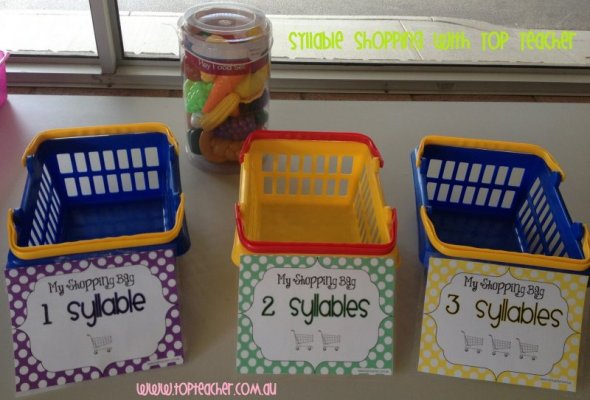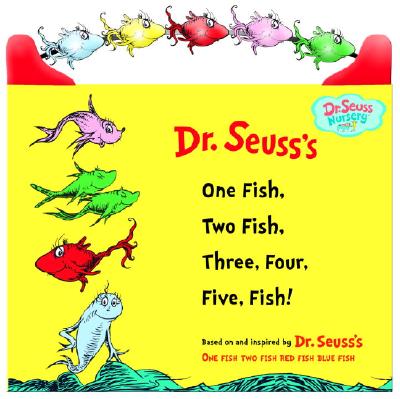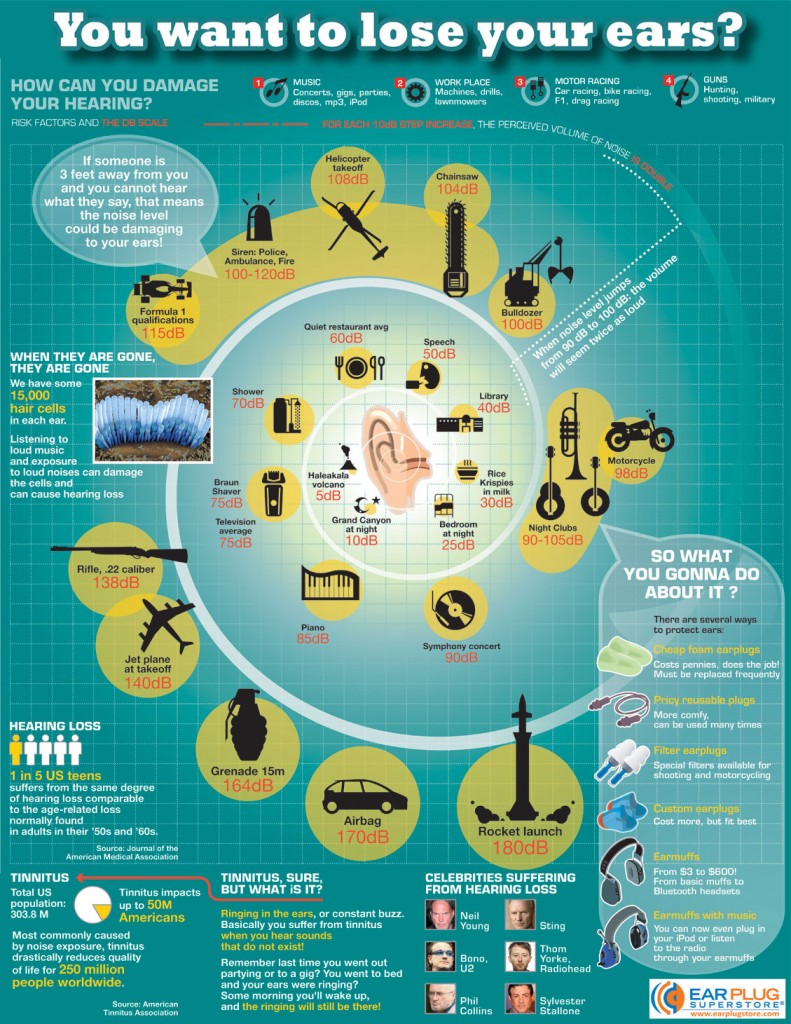Speech therapy operates on a continuum. For most aspects of speech and language, children might master one aspect before moving to another. When children master single syllables, the next step is two then three and so forth. Multisyllabic words in speech therapy can have many challenges for children with articulation disorders and apraxia. Similarly, finding and making motivating materials can be equally frustrating for SLPs. Try these cool tools, tips and word lists.
Beyond Traditional Articulation Therapy Seminar: Coming to Massachusetts
News
New technology is abundant, from QR code readers to iPad apps, developments in technology are advancing all aspects of life and now speech therapy techniques too. If you want to move your patients and practice beyond traditional articulation therapy new, effective, evidence-based tools for your treatment arsenal are easier than you think. If you are looking for Easy-to-Use, Effective, Technology-Based Methods for the 21st Century please join Gordy Rogers, M.S. CCC-SLP, national speaker, expert and clinical founder of Speech Buddies this summer. CMI Education Institute and PESI Healthcare are bringing this engaging seminar to Taunton and Woburn Massachusetts this summer, and you’re invited! If you can’t make it, join the broadcast from your home or work computer and watch it live.
The Fun and Function of Using Silly Sentences in Articulation and Language Therapy
Expert Corner Pronunciation & Lisps Speech Therapy Techniques
You might remember the phrase, “Sally sells sea shells by the sea shore.” To some it’s a silly tongue twister, but to a speech therapist it’s a classic example of using silly sentences to stimulate language and articulation targets in speech therapy. These sentences are usually made up, use alliteration (using the same sound or letter to start every word), rhyming words or use made up characters in crazy situations. They usually involve a character (Mateo the matador), an action (makes millions on macaroni museums) and a location (in Madrid). Silly isn’t just for laughs, silly can be fun and functional in speech therapy.
How to Teach the “F” and “V” Sounds in Speech Therapy
Speech Therapy Techniques
Does your child have trouble saying “fish?” Ask your child to describe the picture above and listen to the “F” sound in the word, “fish.” Do they substitute another sound? Or perhaps they skip it altogether and just say “ish?” For many children, “fish” can be a tricky word to say. F, and its partner in crime, V, are tricky sounds for some children. In speech therapy, we usually check the developmental norms to decide if this sound should be targeted according to the child’s age. We can expect a child to master the F and V sounds around ages four and eight years (respectively). If the child is not saying these sounds, they might benefit from intervention and articulation therapy. They are similar in the placement of your articulators (teeth and lips) but different in the way they are produced. Someone saying an “F” sound is allowing a lot of air to escape around their teeth, while a “V” sound is made by creating vibrations of the vocal cords.
Hearing Loss in Children & Speech Intelligibility: Is Integration Right for Your Child?
Hearing Loss NewsHearing loss in children necessitates close collaboration with teachers, the special education team, and speech therapists. If you’ve been dealing with speech therapy and special education for a while now, you’re probably already familiar with the concept of integration in the classroom. Some children might head to the special resources room for speech therapy and similar sessions during the school day, for example, while others remain in the classroom for speech therapy in that setting. In the latter case, a speech therapist or aide will work with the child as he participates in classroom activities, and the speech therapist will also work closely with the teacher. Still other children are taught exclusively in special needs groups or schools. The important thing to remember with all these different models is that there is no “one size fits all” solution. Your child is unique and has his own unique needs. So it’s critically important to work with the Individualized Education Program (IEP) team to determine what suits your child best.
A recent study examined hearing loss in children. These kids were integrated into a typical classroom. The researchers who were involved in the study wanted to determine the effects of hearing loss in children on social competence and inclusion.





